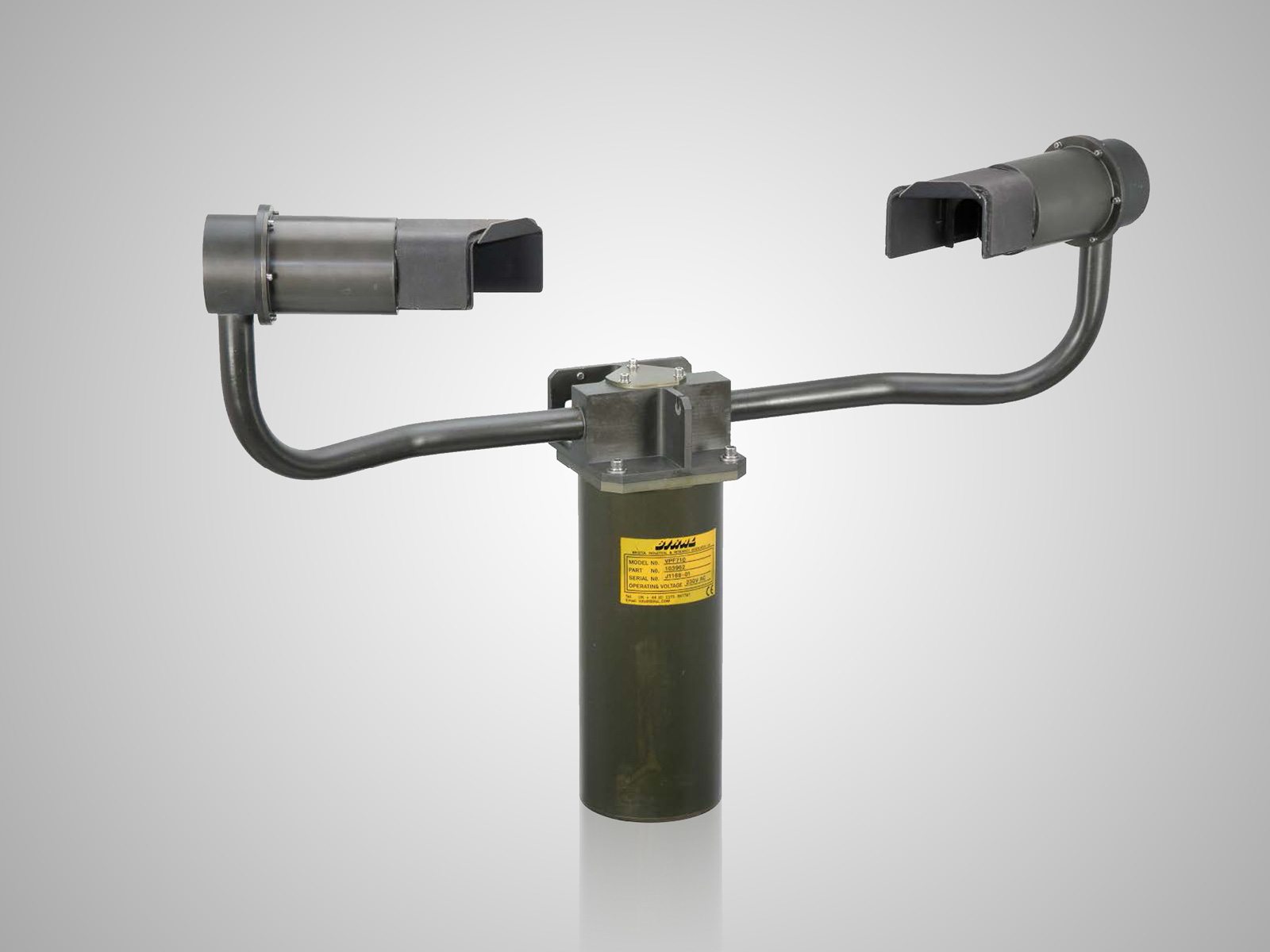
The VPF-710 Visibility Sensor provides high-quality visibility measurement in a compact and robust package. The open design of the sensor head allows the free passage of air ensuring the visibility measurement is as accurate as possible in all conditions. Other features of the design ensure reliable results in all precipitation types as well as smoke and dust.
Visibility Measurement
The measurement of visibility by forward scattering as used by the VPF-710 is now widely accepted and seen as having significant advantages over more traditional techniques such as the use of transmissometers or backscatter sensors. Backscatter sensors share the VPF-710’s advantage of being compact however the backscatter signal is strongly dependent on the type of obstruction to vision resulting in poor accuracy and limited upper range. Transmissometers were once considered the gold standard of visibility measurement due to their advantage of direct visibility measurement, however, the limited measurement range, high cost of acquisition, large size, and significant maintenance costs have resulted in their use being limited to a few specialist applications. The VPF-710 by contrast is compact, requires little maintenance, and has a visibility range of 10 m to 75 km, whilst its measurement performance has been proven to be comparable to that of a transmissometer. The calibration of the VPF sensor family was undertaken in accordance with the recommendations of ICAO 9328 and is traceable to a national weather service transmissometer. Visibility measurements are reported as forward scatter Extinction Coefficient (EXCO) or Meteorological Optical Range (MOR) in the range of 10 m to 99.99 km. The features and accuracy of the VPF-710 ensure it complies with ICAO and WMO specifications for aviation use including Runway Visual Range systems.